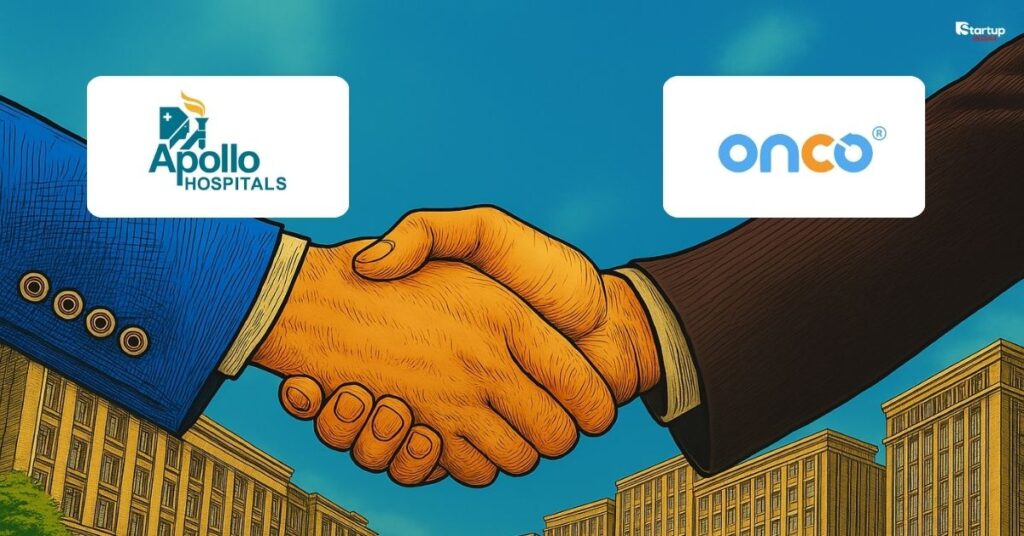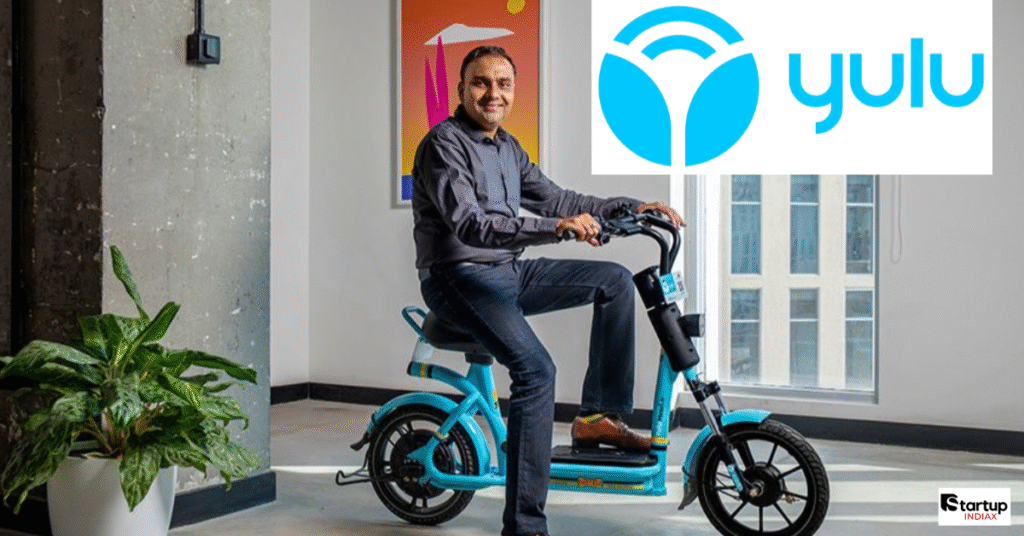Starlink approval in India marks a pivotal moment for the country’s digital future, as Elon Musk’s satellite internet service gains the final regulatory nod from IN-SPACe. As the third player to enter India’s nascent satellite broadband market, Starlink aims to revolutionize connectivity, especially in rural and remote areas. This article, published by Startup INDIAX, leverages expert insights and the latest industry data to explain what Starlink’s entry means for entrepreneurs, digital professionals, and the broader Indian economy. Readers will learn about the approval process, expected rollout, pricing, and the potential impact on India’s digital landscape—empowering them to make informed decisions in a rapidly evolving market.
Table of Contents
What Is Starlink and Why Does It Matter for India?
Starlink is SpaceX’s ambitious satellite internet project, led by Elon Musk, designed to deliver high-speed broadband globally using a constellation of low-earth orbit (LEO) satellites. Unlike traditional fiber or mobile networks, Starlink’s technology can reach India’s most remote villages, mountainous regions, and disaster-prone zones—places where conventional infrastructure is costly or impossible to deploy.
For India, where over 40% of the population still lacks reliable internet access, Starlink’s arrival could be a game-changer. It promises to bridge the digital divide, unlock new opportunities for startups, and fuel the next wave of digital entrepreneurship.
How Did Starlink Secure Approval in India?
After years of anticipation and regulatory hurdles, Starlink received its final clearance on July 8, 2025, from the Indian National Space Promotion and Authorisation Centre (IN-SPACe). This approval, valid until July 7, 2030, allows Starlink’s Gen1 satellite constellation to operate across India.
Previously, Starlink had obtained a Global Mobile Personal Communication by Satellite (GMPCS) license from the Department of Telecommunications (DoT), joining Eutelsat OneWeb and Reliance Jio-SES as the only companies with full regulatory approval for satellite internet in India. The approval was granted to Starlink Satellite Communications Private Limited (SSCPL), its New Delhi-based entity.
What Are the Next Steps Before Starlink’s Launch?
Despite regulatory approval, Starlink must still:
- Secure spectrum allocation from the government.
- Establish ground infrastructure and gateway stations across India.
- Demonstrate compliance with national security and technical requirements through trials and testing.
The Department of Telecommunications is expected to grant Starlink a trial spectrum soon, after which the company will conduct security compliance demonstrations. Only after these steps can Starlink launch full-scale commercial services.
How Will Starlink Impact India’s Internet Landscape?
Starlink’s entry is set to disrupt India’s broadband market in several ways:
- Rural and Remote Connectivity: Satellite internet will finally reach underserved regions, enabling digital inclusion and economic growth.
- Enterprise and Government Services: Starlink has already signed agreements with VSAT providers, signaling intent to serve businesses and government agencies even before full spectrum allocation.
- Backup and Redundancy: Urban users may adopt Starlink for backup connectivity, especially during outages or natural disasters.
- Innovation for Startups: Improved connectivity can foster new business models in agri-tech, e-learning, fintech, and telemedicine—sectors vital to India’s startup ecosystem.
Industry experts quoted by Startup INDIAX believe Starlink’s presence will pressure traditional ISPs to innovate and improve service quality, benefiting all consumers.
What Challenges and Competition Does Starlink Face?
Starlink enters a competitive and highly regulated market:
- Rival Satellite Operators: Eutelsat OneWeb (backed by Bharti) and Reliance Jio-SES have already secured trial spectrum and are awaiting final security clearances.
- Spectrum and Compliance: Final commercial rollout depends on spectrum allocation and passing stringent security checks by the DoT.
- Pricing Pressure: With India being a price-sensitive market, Starlink’s initial pricing must compete with both terrestrial and satellite rivals.
Additionally, global competitors like Amazon’s Project Kuiper and Apple’s Globalstar are eyeing the Indian market, promising further disruption.
What Is the Expected Starlink India Tariff Per Month?
Starlink India is set to disrupt the broadband market with its satellite internet plans, targeting both urban and remote regions. According to the latest reports, the expected monthly subscription for Starlink India will be between ₹3,000 and ₹4,200 for unlimited data access. This pricing is competitive for satellite broadband, especially considering the high-speed connectivity it delivers—ranging from 25 Mbps to 220 Mbps depending on location and satellite coverage.
Starlink India Hardware Cost:
To get started, customers will need the Starlink hardware kit, which includes the satellite dish, router, cables, and mounting stand. The expected one-time hardware cost in India is around ₹33,000. This upfront investment is necessary for accessing Starlink’s low-earth orbit satellite network and is in line with international pricing trends.
Total First-Month Cost Example:
- Starlink India hardware kit: ₹33,000 (one-time)
- Monthly subscription: ₹3,000–₹4,200
- Total for the first month: ₹36,000–₹37,200
Subsequent Months:
After the initial setup, users will pay only the monthly fee of ₹3,000 to ₹4,200 for continued unlimited satellite internet access.
This pricing strategy positions Starlink India as a premium but accessible solution for rural households, businesses, and anyone in areas underserved by traditional broadband. The service is designed to bridge the digital divide and empower digital entrepreneurs, startups, and remote communities across the country.
When Can You Expect Starlink Services in India?
While regulatory approvals are in place, Starlink’s commercial launch depends on spectrum allocation, ground infrastructure setup, and successful completion of security trials. Industry analysts expect services could begin by late 2025 or early 2026, depending on how quickly these hurdles are cleared.
What Does This Mean for Indian Startups and Digital Entrepreneurs?
For startups and digital professionals, Starlink’s approval is a signal to prepare for:
- New digital markets: Rural India’s untapped potential for e-commerce, e-learning, and fintech.
- Remote work and distributed teams: Reliable internet in non-metro areas can unlock talent and reduce costs.
- Tech innovation: Opportunities in IoT, smart agriculture, and telemedicine powered by always-on connectivity.
Startup INDIAX will continue to track how entrepreneurs leverage Starlink’s arrival to build the next generation of Indian unicorns.
Conclusion: Will Starlink Deliver on Its Promise?
Starlink approval in India is more than a regulatory milestone—it’s the dawn of a new era for digital inclusion, entrepreneurship, and innovation. As Elon Musk’s satellite constellation prepares to beam high-speed internet across the country, Startup INDIAX invites you to share your thoughts, comment below, and follow our latest stories on how India’s startup ecosystem is seizing this unprecedented opportunity.
Frequently Asked Questions (FAQ)
When will Starlink start commercial services in India?
Starlink is expected to launch services by late 2025 or early 2026, pending spectrum allocation and security trials.
How much will Starlink cost in India?
The expected monthly price is around ₹840, plus the cost of hardware such as the router and dish.
Will Starlink work in remote villages and mountains?
Yes, Starlink’s satellite technology is designed to provide internet even in the most remote and underserved areas.
Who are Starlink’s main competitors in India?
Eutelsat OneWeb and Reliance Jio-SES are the primary competitors, with Amazon Kuiper and Apple Globalstar also eyeing the market.
Is Starlink only for rural users?
No, Starlink targets both rural and urban users, including enterprises and government agencies.
















